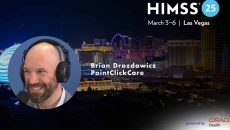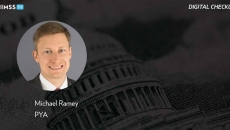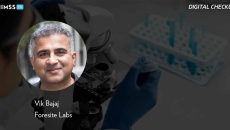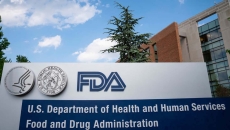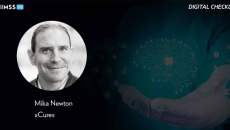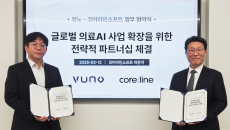Regulation
HIMSS25
While the change of administration means federal regulations and funding remain in flux, PointClickCare's Brian Drozdowicz believes healthcare vendors and organizations are making strides in improving interoperability.
HIMSS25
Jonathan French, HIMSS' senior director of public policy, lays out the key points of HIMSS' response to the White House's request for information from the public on developing an AI action plan.
Michael Ramey, managing principal of Strategic & Transaction Solutions at PYA says due to changes in the FTC's new premerger notification rules, he's advising clients to be prepared to disclose more information and undergo greater scrutiny.
If some cuts to NIH and other research programs extend deeply and are rolled out in a disorganized way, they have the potential to compromise biomedical innovation in the United States, says Vik Bajaj, cofounder and CEO of Foresite Labs.
Two new memos update federal AI policy, which the White House says will accelerate innovation, strengthen public trust and prioritize U.S.-developed AI tools.
Ben Wolf, partner in Alston & Bird's Health Care Group, told MobiHealthNews how FDA staffing cuts could slow device approvals and what companies can do to stay ahead.
The judge ruled that the FDA overstepped its authority by regulating LDTs as medical devices, overturning the rule and remanding it to the HHS Secretary for review.
The lack of a strong set of AI-specific regulation in the U.S. allows innovation to happen quickly, but that also requires companies to be transparent and for the industry to take responsibility for its own actions, says Mika Newton, CEO of xCures.
Also, two Korean digital dentistry solutions providers are integrating AI into their dental diagnostic software.
The company will use the funds to accelerate commercial expansion of its ANNE One medical wearable in the United States and Europe.
